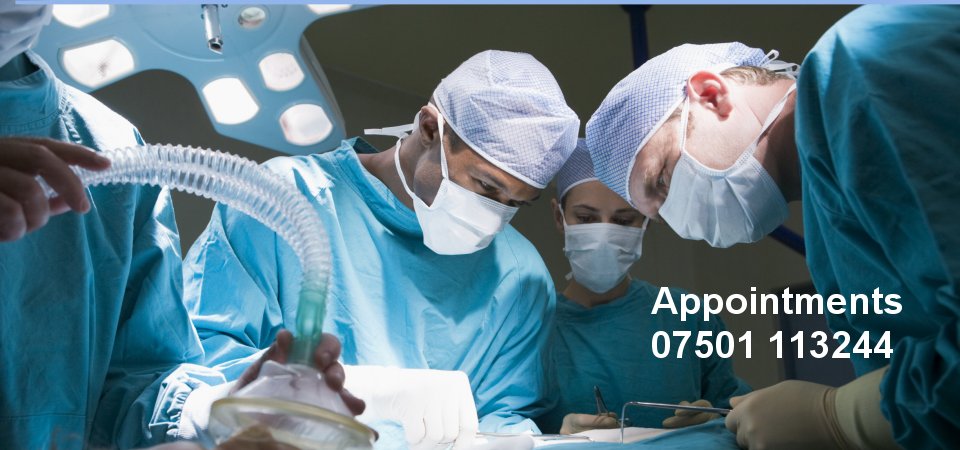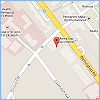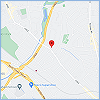What is an anal fissure and what are the symptoms?
An anal fissure is a tear in the very sensitive lining tissues of the anal canal often caused when passing a hard constipated stool. Fissures can sometimes result from diarrhoea and excessive use, or are occasionally related to inflammatory bowel diseases:
- Severe pain in the anal region whilst passing a stool and for a variable time (sometimes many hours) afterwards. Feels like a cut or like ‘passing glass’
- Smears of blood on the toilet tissue
- Feeling as if the anal canal is narrowed.
- Sometimes a lump near the margin of the anal canal
The tear or fissure causes pain which causes spasm of the anal sphincter (the muscle around the anal canal responsible for continence) and the spasm attempts to protect the fissure from opening more with each passage of stool. It is this which leads to a narrowed feeling in the anal canal. All of this results in with-holding defaecation which further leads to constipation, and when this is eventually passed it splits the fissure even more – a cycle of events. Treatment aims to break this cycle promoting healing of the fissure.
How are fissures treated?
Ideally fissures are treated with medications aimed to break this cycle (conservative treatment). About 50-60% will heal within 3-6 weeks but those which don’t will require a small operation which is almost always successful, though we try to avoid surgery if at all possible.
- Conservative treatment:
- Local anaesthetic gels or creams applied just into the anal canal 5-10 mins before going to the toilet help with the pain, and can be used afterwards to numb the discomfort to some extent
- GTN ointment (Rectogesic) is applied around the bottom hole twice daily. This is absorbed directly through the skin and stops the anal spasm which might increase the local bloodflow promoting healing of the fissure. The side-effect of this ointment can be throbbing headaches which might go after a few days or alternatively you can dilute the ointment by using half as much and mixing it with Vaseline
- Stool softeners and laxatives – this is the single most important part of conservative treatment. Buy and take Lactulose 20ml twice daily and Fybogel one sachet twice daily along with plenty of fluids (and possibly Senna if required) until your stool is the consistency of soft mash potato
- Surgical treatment:
- If after 3-4 weeks your fissure shows no signs of healing despite following the conservative regime carefully, then we would recommend that you will require a small quick Day Case operation, firstly to examine you under a brief general anaesthetic to check to ensure that this is a fissure and no other reason is present which is preventing healing (eg scarring or an inflammatory bowel condition), and secondly to perform surgery to heal the fissure (approximately 95% successful of the 40-50% who fail the conservative treatment)
- Particularly in young women, I might recommend a Botox injection which temporarily ‘paralyses’ just the thin inner sphincter muscle and may allow enough time for the fissure to heal. Botox injections have the advantage that they are not permanent but as a result the fissure could reoccur
- A lateral internal anal sphincterotomy is a small cut in the internal sphincter which stops the spasm and heals the fissure again by improving the blood supply. This operation leaves the much larger and powerful external sphincter which maintains your continence. At the end of the procedure performed under a general anaesthetic(GA), the sensory nerves to the anal canal are blocked with a local anaesthetic (pudendal nerve block) to make the post-operative pain easier
- Sometimes if there is excessive scarring, then this can be removed at the same operation (fissurectomy), and if you have coincidental piles (haemorrhoids) into which the fissure is tearing and causing heavier bleeding, then under the same GA I might inject the piles
How long will the fissure take to heal after surgery?
Most patients report that compared to the pain of the fissure, that immediately after the surgery that the feel relief – some never have any post- op pain! Usually however, the pain disappears in 5-7 days (may be slightly prolonged if additional surgery eg a fissurectomy is required) but the fissure takes about 3-4 weeks to fully heal. During this time it is absolutely vital that you do not become constipated, so get a good supply of Lactulose, Fybogel and Senna ready at home (as well as paracetamol, ibuprofen etc as painkillers), and you will need to keep the area clean with twice daily baths/ showers soaking the anal area. Expect to take one week off work, depending on your job.
Can fissures return?
Whilst this is unlikely, you must avoid constipation in future. A sensible high fibre diet (fruit and vegetables) with plenty of fluids helps, but I would recommend taking a sachet of Fybogel every morning, which is healthy and will not damage the bowel or make it lazy.
Are there any complications of surgery?
All surgical procedures carry very small risks. Any operation can be complicated by infection and bleeding and it is surprising that the anal canal rarely gets infected. You will see some bleeding post-operatively, but heavy bleeding is rare. The risks of incontinence are extremely low, very occasionally (2%) minor ‘wind incontinence’ is reported, but this often improves with time. Failure of the surgery to cure the pain/ fissure is equally rare (2-5%)




